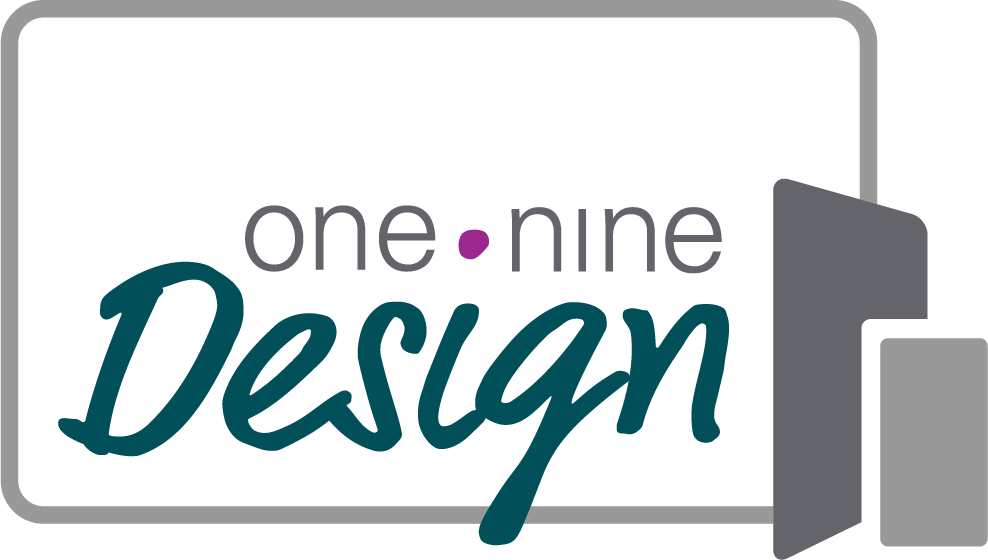How to use your website analytics to increase small business sales
The practice of tracking user behavior and using analytics and insights to inform your business decisions is not without controversy. However, when done transparently and authentically while following all the best practices, the information collected is invaluable in helping small business owners make better decisions and, ultimately, in increasing sales volume.
When you use your website as your primary marketing tool, the options for gleaning valuable data are endless. Before you dive into Google Analytics and get overwhelmed entirely, keep the following four ideas in mind.
Benchmark your data early
If you’re just starting with using analytics as a marketing tool, it’s important to benchmark your starting positions so you can measure future growth and celebrate how far you’ve come. Recording analytical data doesn’t require anything fancy - a simple Excel spreadsheet will suffice.
Choose a date range like the last 30 days or the most recent quarter. Then, record your website traffic numbers, your conversions from forms or buttons, blog post views, and referral traffic sources.
After implementing some of your marketing tactics, you can revisit the same metrics and measure any growth. There’s nothing better than seeing complex data that shows your marketing is working.
Measure what matters
While it’s nice to see that you had 2,000 visitors to your website last month, it’s much more important to know that 75% of your website visitors found your website via organic search results. Or that 25% of your visitors who land on a blog post navigate to your services page after reading your article.
These types of insights are critical to understanding your visitors’ behavior and intent and allow you to tailor your website content and call-to-action sections for maximum engagement.
Additional resources like this article from People AI can help with even further insights into how small businesses can increase sales productivity by using data-driven techniques.
Get specific in your marketing
How many times have you picked up a magazine or newsletter, saw a website address, and then moved on? It’s challenging to convert a reader to an online visitor unless you give them a specific purpose to visit your website.
The next time you contemplate placing an advertisement in a local publication or a sports team program, get specific with how you list your website.
For example, create a landing page for a specific audience (like the high school parents’ audience) and publish that URL in your ad. Then, when you’re monitoring your analytics, you can track results from that particular marketing campaign.
The other option is to give your audience a reason to visit your website within a specific timeframe. Perhaps a limited-time coupon to receive free shipping or a free gift with purchase for visitors who visit your landing page within 30 days.
These types of strategies are critical for evaluating the effectiveness of your marketing dollars and return on investment.
Using the data you have at your fingertips in conjunction with intentional marketing strategies can help you make better business decisions and result in better bottom-line sales results.
Don’t overlook personal feedback
Using the sophisticated data analytics available to you is crucial, but those should never replace personal feedback from your customers or clients. Aggregating a client’s experience to a number like total website views or button clicks is helpful. Still, it does little for understanding how clients will describe their experience with you to others.
Make it a practice to talk with ten or more clients every quarter and ask them about their experience with you. Ask open-ended questions to discover their emotions around the service or product they purchased and the likelihood of them recommending you to a friend or family member.
When you take the time to make your clients feel appreciated and valued for their feedback, you’re more likely to retain them as loyal customers and to have even better data to inform your future business decisions.
Until next time,
Andrea
One Nine Design is a digital marketing company helping small businesses and nonprofits learn how to use the right digital marketing tools to grow your reach and make a bigger impact!
